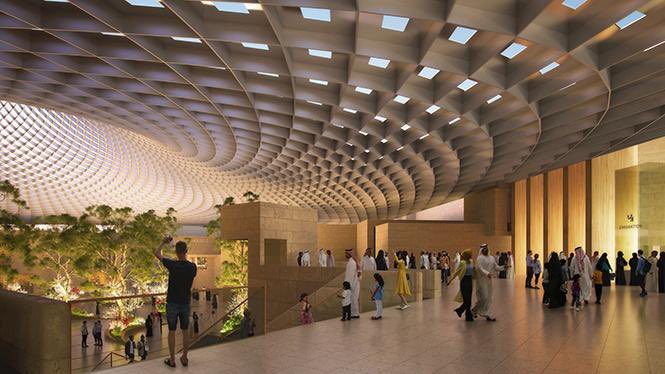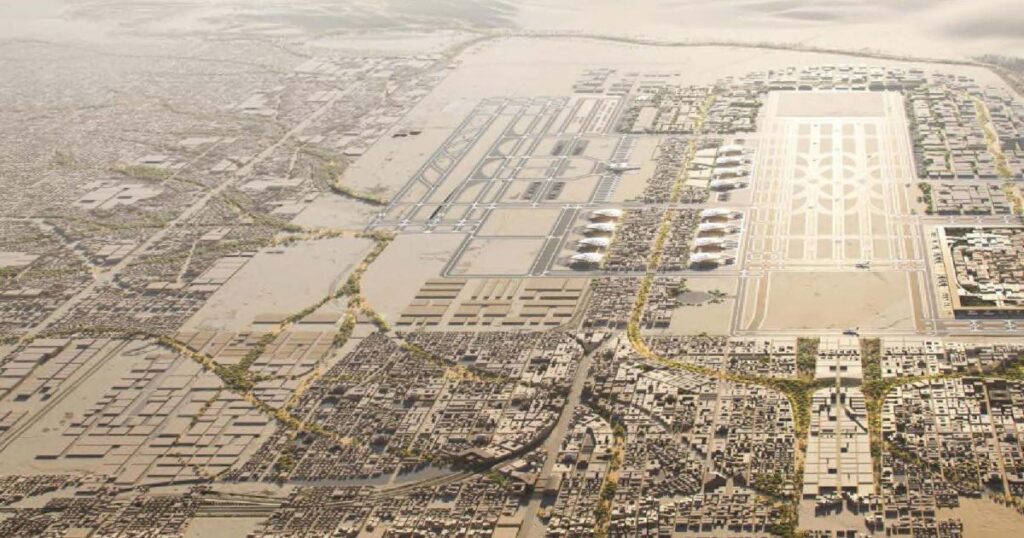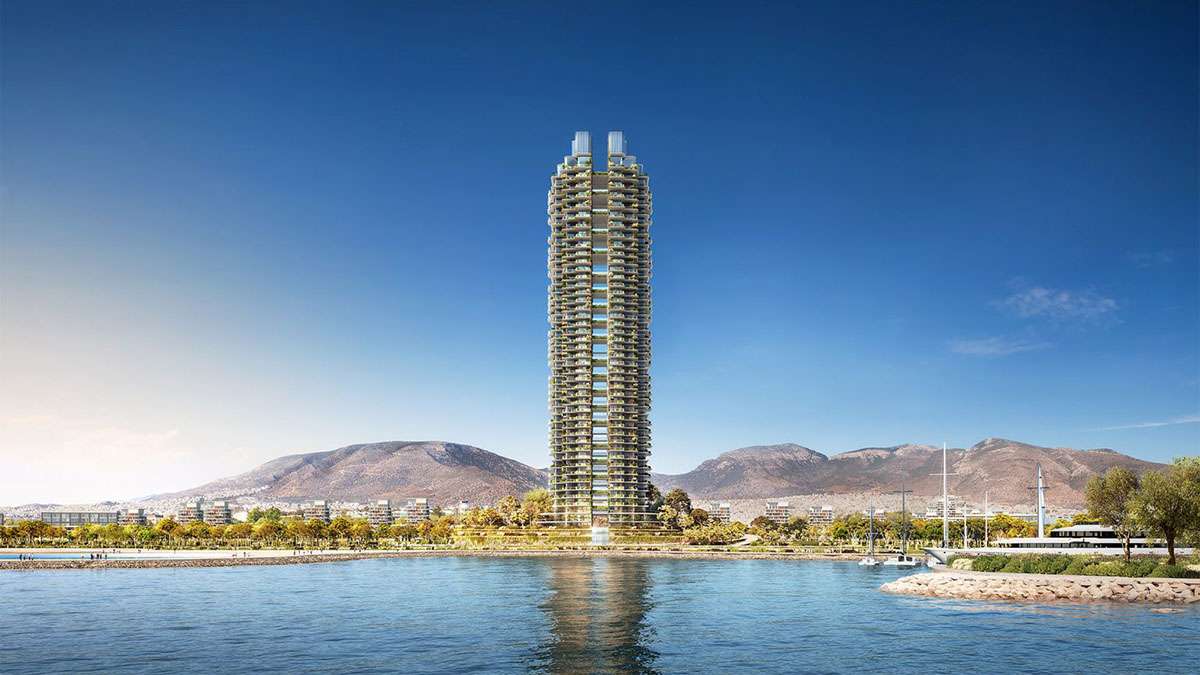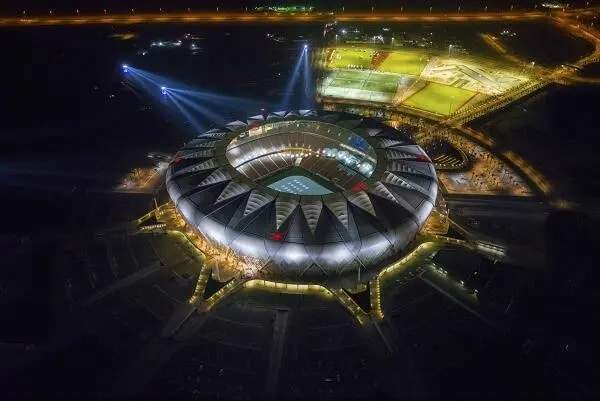Parsons Signs Two Major Contracts for King Salman International Airport Development in Riyadh
As part of the ongoing efforts to transform King Salman International Airport into one of the largest airports in the world, the King Salman International Airport Development Company.fully owned by the Public Investment Fund .has signed two significant contracts with the American engineering firm Parsons to oversee and implement major components of the project in Riyadh.

Extensive Airside and Landside Infrastructure Works
The first contract focuses on the airport’s airside infrastructure, covering the construction and development of runways, taxiways, aircraft aprons, and air traffic control towers.all vital elements to support large-scale operations and future expansion at King Salman Airport.
The second contract targets the landside infrastructure, including roads, utility networks, tunnels, bridges, railway systems, and landscaped areas, aiming to create a fully integrated mobility and support network for King Salman Airport across the entire site.

Parsons to Lead Project Management Across All Phases
Beyond the design and execution work, Parsons will also provide comprehensive project management services throughout the entire development cycle. These include:
- Early stage development and studies
- Architectural and engineering design
- Regulatory approvals and permits
- Procurement
- Construction and commissioning
- Handover and operational readiness
- Overall coordination among stakeholders regarding King Salman Airport
A Mega Project on a Global Scale
Once completed, the airport will span approximately 57 square kilometers and will include:
- Six runways
- 12 km² of supporting facilities
- Integration of the existing King Khalid terminals
- Residential and entertainment components
- Commercial districts
- Dedicated logistics zones
The master plan for King Salman Airport was officially launched by Crown Prince Mohammed bin Salman in November 2022, reflecting Saudi Arabia’s ambition to position Riyadh as a global aviation and logistics hub.
A Holistic Urban Vision in Design
Recent 3D visualizations and architectural models reveal a highly organized and forward looking layout
- Vast areas designated for runways and aircraft parking
- Strategically placed control towers
- A central hub that likely houses passenger terminals and key infrastructure at King Salman Airport
- Mixed-use buildings surrounding the core, hinting at residential and entertainment functions
- Extensive road and railway networks providing seamless internal and external connectivity
- Carefully planned green spaces that balance the desert surroundings with sustainable landscaping
ArchUp continues to follow King Salman Airport closely as part of its mission to document the architectural development of key projects across the Kingdom.







